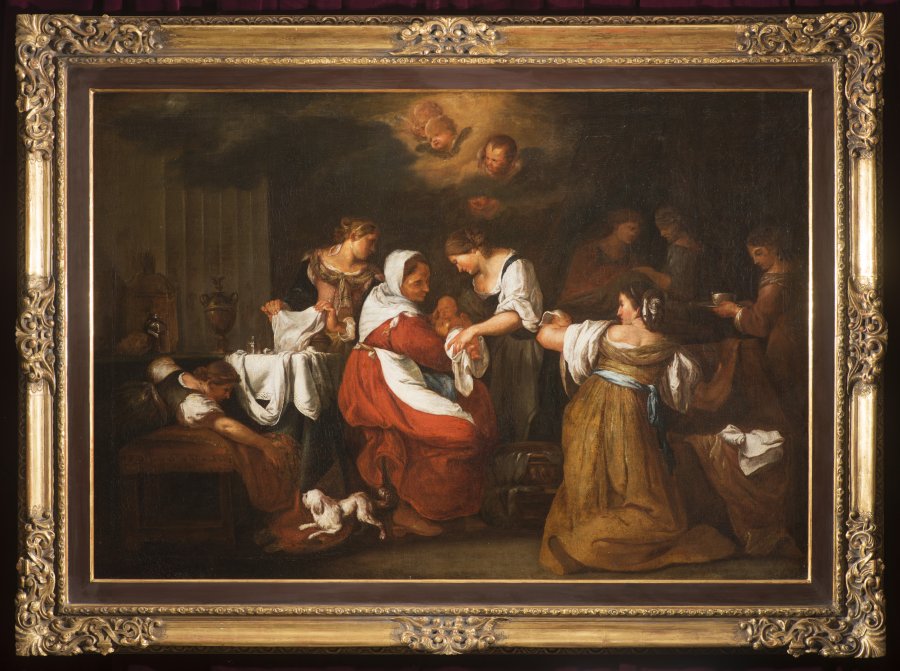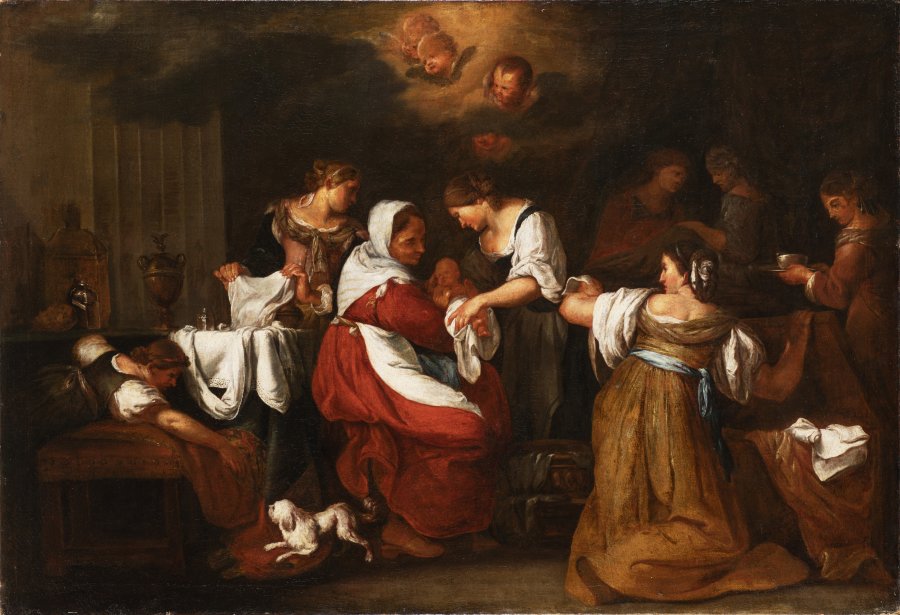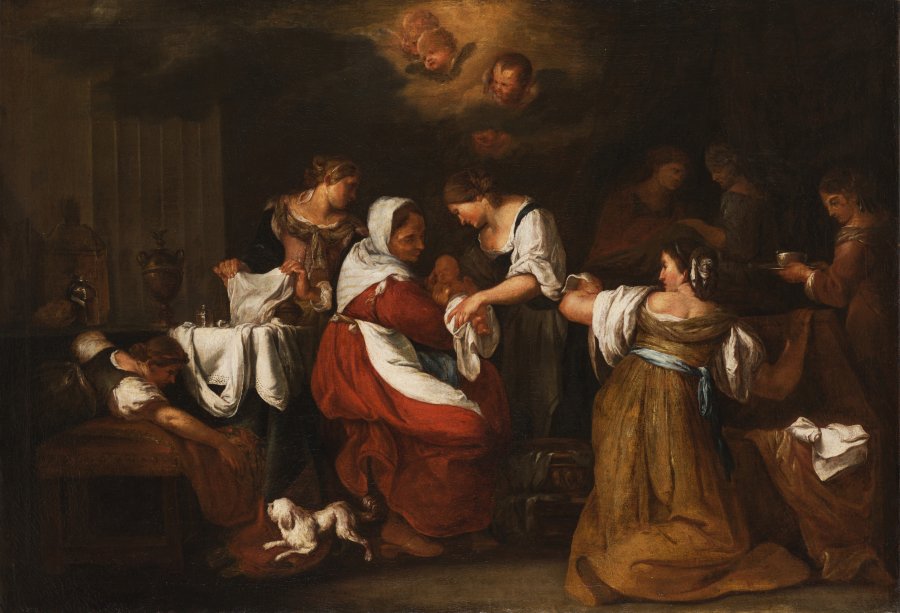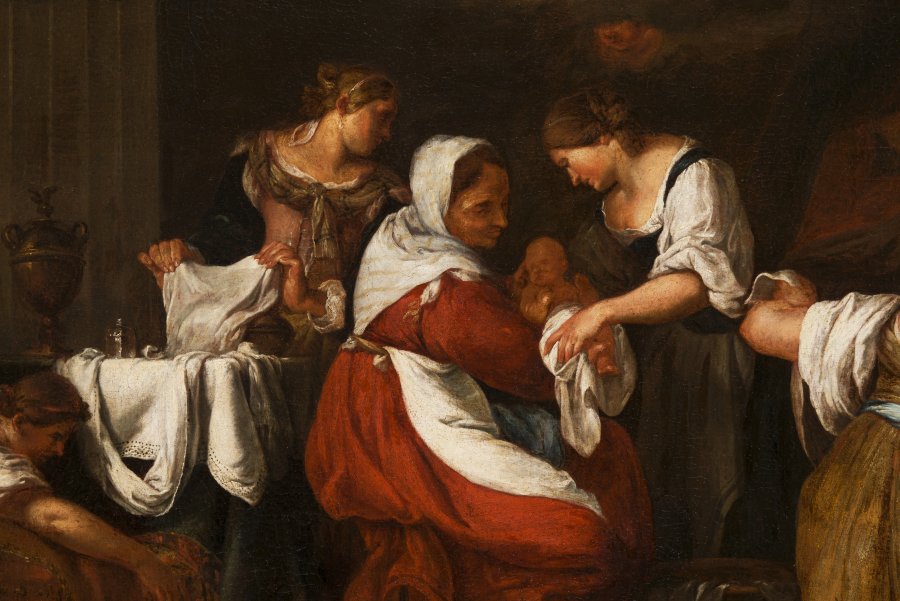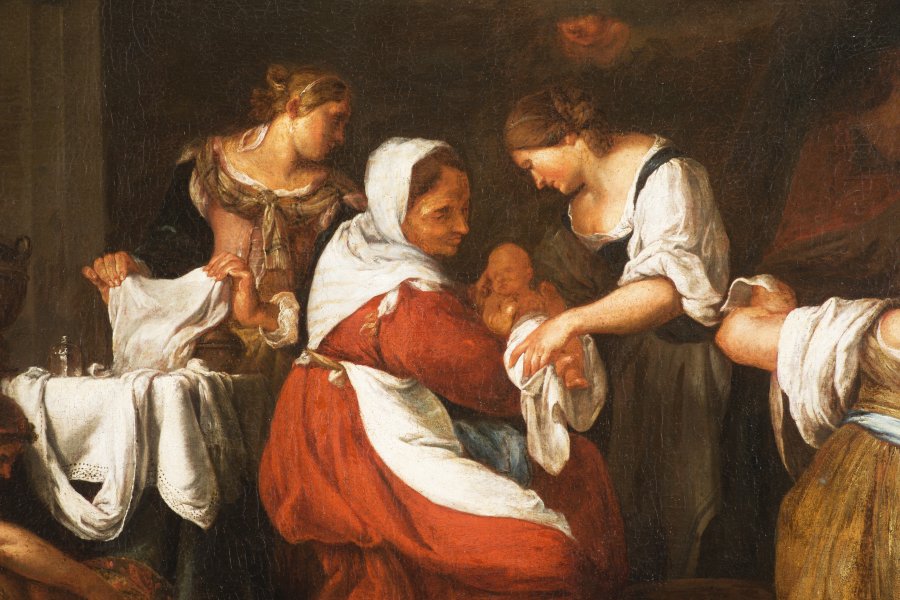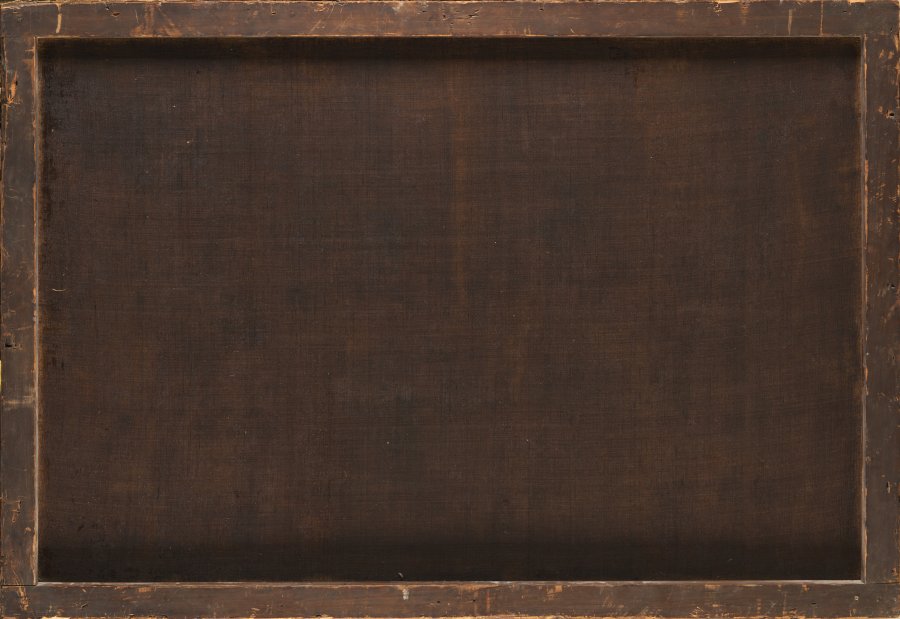800 000 CZK
| 31 373 €
Lot 11
THE BIRTH OF THE VIRGIN
101,5 x 148,5 cm (h x w)
Starting price
Price realized
950 000 CZK
| 37 255 €
| 37 255 €
price without premium
Oil on canvas.
The Birth of the Virgin from 1640 bears characteristic features of Skréta’s style: epic breadth but also dramatic focus; monumental pathos and majesty, but also narrative details and psychological characteristics of various types of individuals. A variation on the Skréta painting is in the collections of the National Gallery in Prague, but it is significantly smaller (58 × 88 cm) and it is possible that is was made as a model for the painting that is presented here.
Karel Skréta, the founder and the strongest artist in Czech Baroque painting, owned a painting workshop in Prague in as early as the late 1630s. Within a short period he was able to dominate the market of commissions for both the church and the nobility. Following the Battle of White Mountain, the family emigrated, arriving in Venice in 1630. Here he stayed for several years, visiting Bologna and moving on to Rome in 1634. He became a member of Schilderbent, a Dutch society of artists, where he earned the nicknames Slackwart and Espadron. After a year he returned to Saxony and finally, after converting to Catholicism, he returned to Bohemia and settled in Prague. It is clear that his workshop produced a number of works soon after Skréta’s return to Bohemia. He executed a collection of lunette paintings for the Augustine monastery at Na Zderaze (Prague) with a group of painters who were far from mere subordinates to the master. Of the total number of 32 lunettes, only eight have been preserved. As explained in the conservator’s analysis report,
“The brushwork on the examined painting is very similar, for example, to the lunette ‘Zliczan Duke Radslav Bows To St. Wenceslaus’, which the National Gallery also accredits to Karel Skréta. The artist of the exquisite work The Birth of the Virgin created a genre composition of the birth with masterful lighting, movement of the figures, and the ability to interpret the depicted materials (the sketch-like painting in the National Gallery does not possess this breadth of painterly skill) ... Contributing to the strong authenticity is the old, original stretcher frame, which is connected with treenails. The painting has a level of authenticity that is unusual in our country … The examined work represents the artist’s painting in an excellent manner, because it is painted with pigments containing lead, iron, and surprisingly also arsenic. … It must be underlined that the artist who made the examined painting used yellow pigments: orpiment and realgar. Both of these pigments contain arsenic, and preparation was quite problematic (highly poisonous and noxious fumes during preparation). The presence of these intensively yellow and orange colors is quite rare in Bohemian painting. They were used in Venice in the 15th–17th centuries; since the 18th century their use has been prohibited. On x-ray images, the underpainting of the modulation with this pigment is bold, corresponding to a general design with a clear aim. The brushwork of this element is very characteristic … the brushwork is executed with certainty, the figures are created with much experience both in terms of the drawing, the defining figures, and the expression of material and drapery. This is a distinctive expression by an artist with excellent modulation skills.”
Skréta’s works last appeared at auction in connection with the sale of the Lobkowicz picture gallery at Melnik Castle in 2009–2013; the painting presented here thus presents a unique opportunity on the Czech art market.
Ref.: Restoration report: Tomas Berger, MFA. Restoration analysis: Martin Martan, MFA; Zuzana Valentová, MS; Michal Pech, MS. Infrared reflectographic research, x-ray images, chemical analysis.
Consultant: National Gallery in Prague, PhDr. Andrea Steckerová, Ph.D.; Mgr. Marcela Vondrácková, Ph.D.
More works from auction
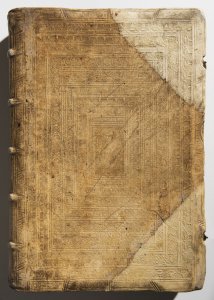
Lot 1 LIBER CHRONICARUM
Starting price650 000 CZK | 25 490 €
Price realized
650 000 CZK | 25 490 €
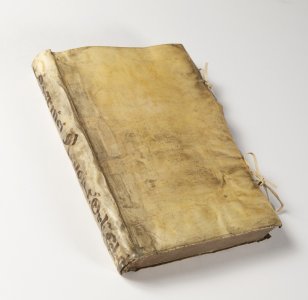
Lot 2 DE REVOLUTIONIBUS ORBIUM COELESTIUM
Starting price1 900 000 CZK | 74 510 €
Price realized
2 000 000 CZK | 78 431 €
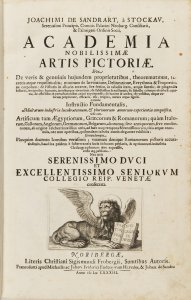
Lot 3 ACADEMIA NOBILISSIMAE ARTIS PICTORIAE
Starting price40 000 CZK | 1 569 €
Price realized
41 000 CZK | 1 608 €
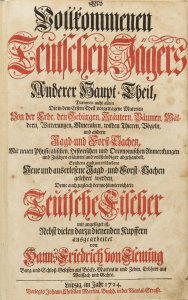
Lot 4 DES VOLLKOMMENEN TEUTSCHEN JÄGERS ANDERER HAUPT-THEIL
Starting price38 000 CZK | 1 490 €
Price realized
10 000 CZK | 392 €
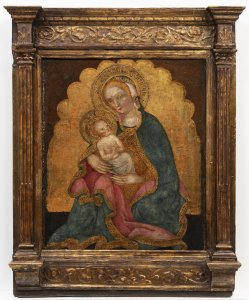
Lot 5 MADONNA WITH THE CHRIST CHILD
Starting price500 000 CZK | 19 608 €
Price realized
500 000 CZK | 19 608 €
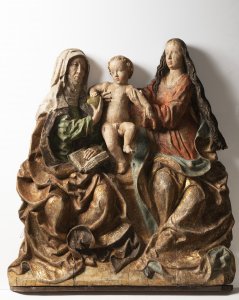
Lot 6 THE VIRGIN AND CHILD WITH ST. ANNE
Starting price350 000 CZK | 13 725 €
Price realized
350 000 CZK | 13 725 €
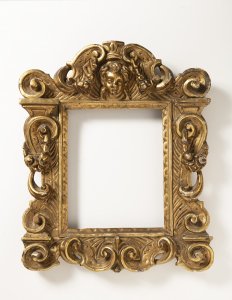
Lot 7 ITALIAN RENAISSANCE FRAME
Starting price55 000 CZK | 2 157 €
Price realized
65 000 CZK | 2 549 €
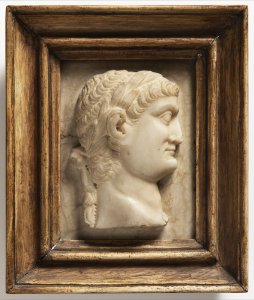
Lot 8 TWO RELIEF PORTRAITS OF ROMAN EMPERORS
Starting price45 000 CZK | 1 765 €
Price realized
45 000 CZK | 1 765 €
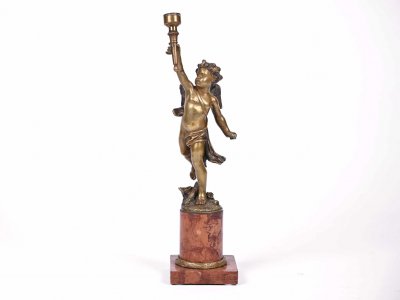
Lot 9 VENUS HONORED BY NYMPHS AND A FAUN
Starting price280 000 CZK | 10 980 €
Price realized
23 225 CZK | 911 €
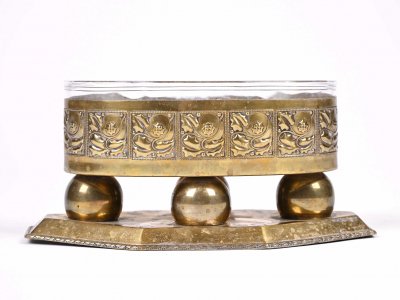
Lot 10 SAINT AGNES OF ROME
Starting price200 000 CZK | 7 843 €
Price realized
3 466 CZK | 136 €
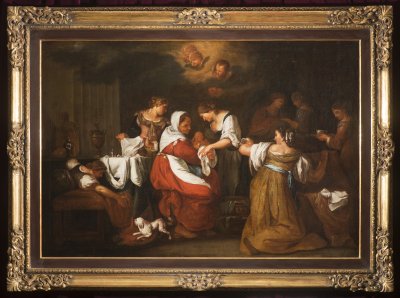
Lot 11 THE BIRTH OF THE VIRGIN
Starting price800 000 CZK | 31 373 €
Price realized
950 000 CZK | 37 255 €
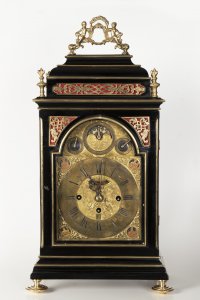
Lot 12 A BAROQUE TABLE CLOCK
Starting price100 000 CZK | 3 922 €
Price realized
100 000 CZK | 3 922 €

